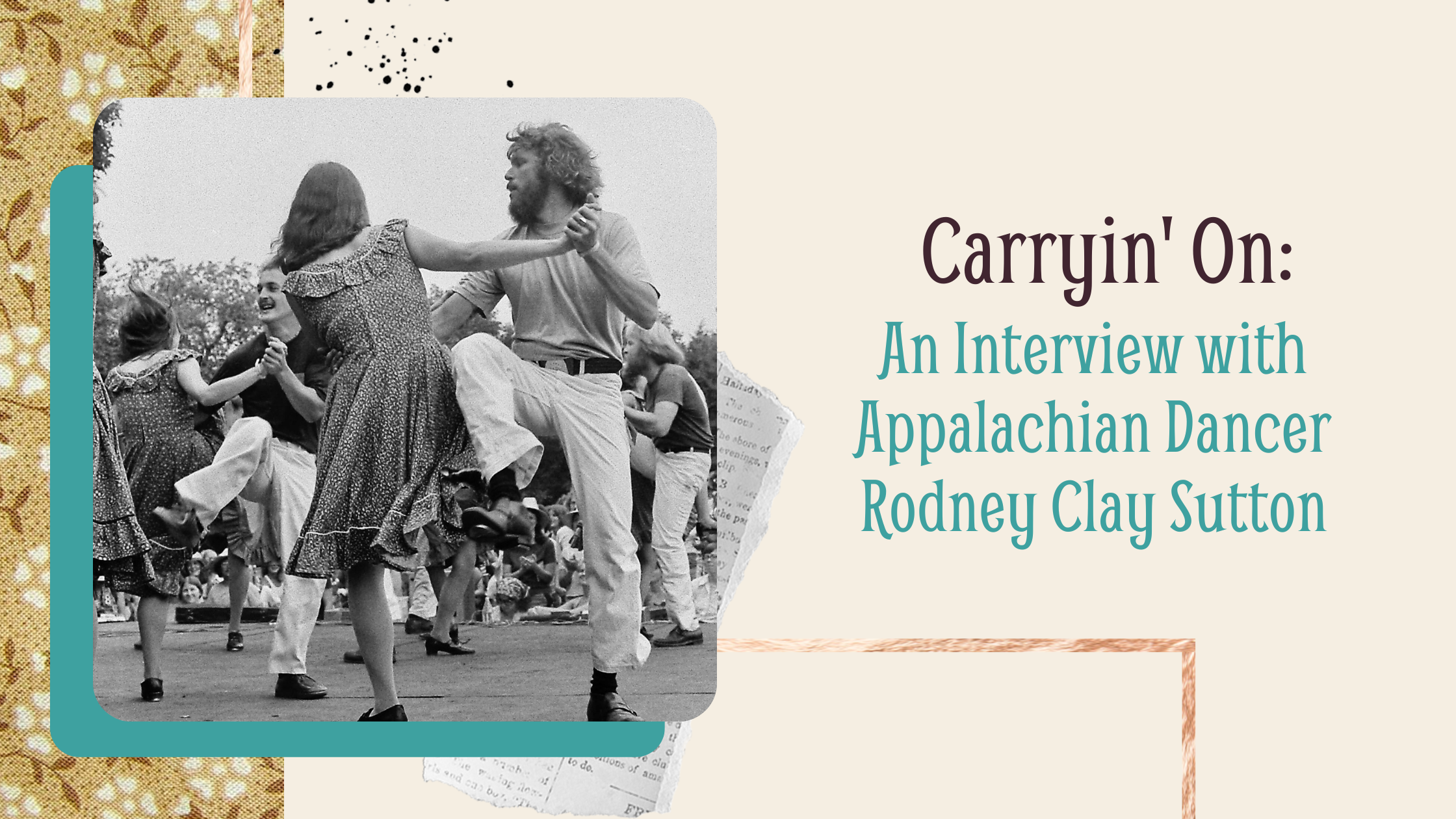(podcast) Carryin’ On:

• Enjoy original songs, banjo tunes, and mountain ballad downloads from the hills of East Kentucky
• Learn the basics of mountain percussive dance in my free instructional video “3 Essential Steps for Appalachian Flatfooting & Clogging”
• Snag our video guide to making your own herbal tinctures along with homey recipes from our family!
• Stay in touch about all things Appalachia with my fun weekly email, like a front-porch visit in your inbox!
Get a hearty helping of Appalachian Goodness with your free Mountain Mama Digital Care Package!
Free Gift
Website by Tracy Raftl Design
© 2023 Carla Gover
Menu
Follow me
Carla is currently based in Lexington, KY, ancestral lands of the Adena, Hopewell, S’atsoyaha (Yuchi), Shawandasse Tula (Shawanwaki/Shawnee), ᏣᎳᎫᏪᏘᏱ Tsalaguwetiyi (Cherokee, East), and Wazhazhe Maⁿzhaⁿ (Osage) nations.
Online Press Kit
A hearty helping of Appalachian goodness with lots of tools to help you stay happy and sane, including Kentucky songs and tunes, a Flatfooting & Clogging Video Class, our guide to making your own herbal tinctures, a creativity handbook, mountain recipes, and more!